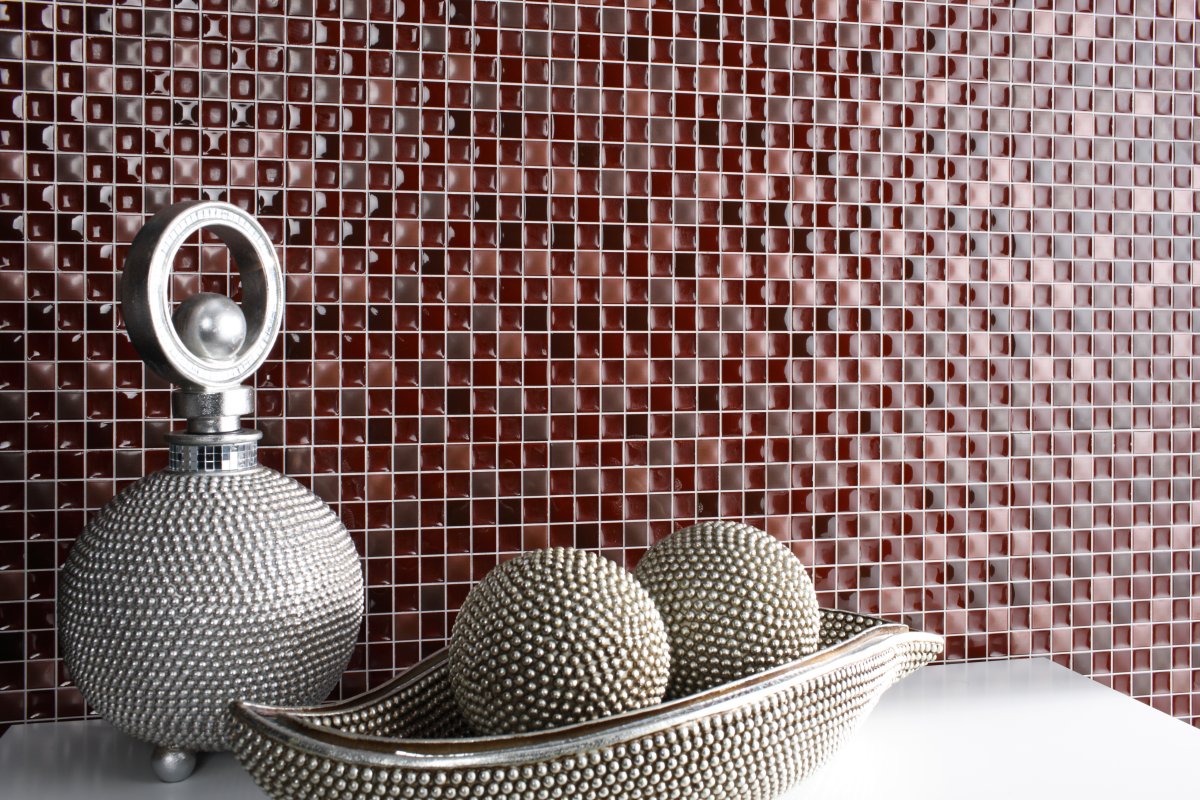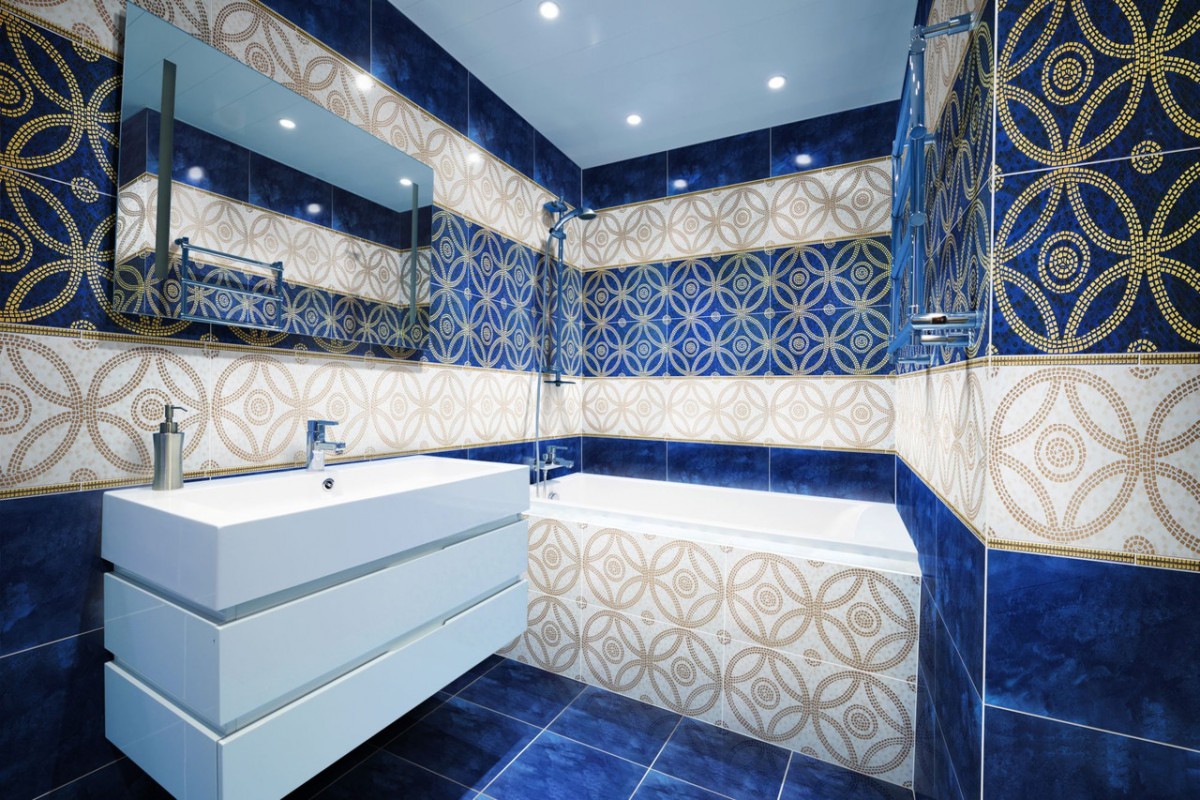Questions about ceramic standards are commonly directed at the Tile Council of the US. On the other hand, this titanic industry is based mostly in Asia, but criteria are mostly from America.
The majority of the time, the questions are based on actual events, but the standards provide the solution. The purpose of this essay is to inform the reader about the nature of standards and the current state of the ceramic tile industry in the first quarter of 2004.
Around the world, there are a lot of standards developers. You are likely to come across the American National Standards Institute (ANSI), the American Society for Testing and Materials (ASTM), the International Organization for Standardization (ISO), and Central European Normalization as the four main standard and test method makers (CEN).
In the USA, ANSI standards for ceramic tile and installation materials have been in place for about 30 years. ASTM is used by our industry to develop testing procedures. The standards and test procedures are established by both CEN for Europe and ISO for international trade.
It must be remembered that American standards have always been and always will be voluntary. In other words, unless defined or contractually agreed to, a producer or tile installer is not required to make or install a product to the specifications.

Many international industry professionals find it difficult to comprehend this because most nations have regulations ensuring that criteria be met. However, it would be foolish to disregard the rules for a few bucks because they make sense, or at least they ought to make sense.
Things go smoothly when the standards-setting process is done appropriately. The standards can set a foundation for the transaction and describe the characteristics of the product that will be sold. So, ANSI A 137.1-compliant ceramic tile can be regarded as suitable for the intended usage.
The same is true for ANSI A108 for the installation itself and A118 for standards for installation supplies. A specifier can use an ANSI standard product to ensure they are getting what they specified by working with a respected manufacturer.
In the USA, industry consensus has been used to design the standards and test procedures that are currently in use. This implies that associations with the ceramic tile sector are requested to take part in the standards development process.
Every effort is made to ensure that the standard-developing committee is accessible to all parties with a legitimate interest in standard-setting, that the committee is “balanced,” and that no one sector of the business is predominately represented.
The ISO standardization procedure is distinct. Any nation may apply for a voting seat on the committee that sets standards for ceramic tile; in the case of ceramic tile, this is TC-189. Only 17 of the approximately 266 nations in the world have elected to join this committee as voting nations. Simple majority voting determines whether a draft standard is accepted.

Each nation has one vote, regardless of how much or little tile they generate. After consulting with its constituents for input, the group that represents the nation on the committee casts their vote.
For instance, four proposed ISO standards are now being voted on during the writing stage. These cover the specifications for grout and mortar as well as the related test procedures.
Any ISO member may submit a request to start a “project,” a brand-new standardization initiative, or the related test procedure. A “working group” will be formed after a project is accepted to examine the proposal and produce a “draft standard.” If adopted by a simple majority of voting nations, this standard will be recognized by ISO.
It turns out that ANSI is home to the TC-189 committee’s secretariat, which represents the ceramic tile sector. The secretariat is in charge of coordinating communications, setting up meetings, and maintaining records, including minutes of committee meetings.
Sometimes the secretariat needs to drive people into action as well, as there are deadlines established by ISO for the completion of projects. Trim units for unglazed pavers found in ANSI A137.1.
Since ANSI effectively functions as a governing body, they will assign the real work to a representative of a third party group, such a trade association. The trade group or organization designated by ANSI will thereafter take on the role of the voting body for the standard’s acceptance.
Once an ISO standard has been created and published, a national organization, like ANSI in the United States, may decide to adopt the ISO standard.
This is how a truly worldwide standard and ANSI and ASTM test procedures that are in line with that standard should function together. When performance criteria are guaranteed, tile and installation materials can be produced, tested, and delivered from one nation to another. The standards must be reviewed on a regular basis in order to maintain their status as authorized standards, according to ANSI, ASTM, and ISO.

What is the current state of American standards given the technical work of the committee?
The majority of tile used in the USA is imported—nearly 80%. International standards and domestic standards that are consistent with them are crucial. For ceramic tile itself, the United States uses ANSI A137.1.
Although this standard has passed the deadline for its mandatory revision and is no longer regarded as an American National Standard (ANS), many specifiers continue to utilize it because of its long history.
It is arranged by tile kinds, such as pavers (floor tiles larger than 6 square inches) and wall tile, as well as unglazed mosaic, glazed mosaic, unglazed quarry, and glazed quarry.
The ISO standards are arranged according to production methods and amounts of water absorption. Although this is helpful to industry professionals, it could be unclear to consumers.
Can you envision a customer entering a tile shop and requesting a “Group BIa” tile rather than a porcelain floor tile?
Because of this, the ANSI secretary is working to create a new ANSI A137.1 standard that is compliant with ISO standards while maintaining an approachable structure.
The recent increase in demand for porcelain, low water absorption tiles, and glass tiles heralds the need to include these materials in the production and installation guidelines. The revised ANSI standards for ceramic tile will now include trim shapes, which are widely utilized in the US but are uncommon in other nations.
The professional negotiators are waiting for a mutual prosperous relationship with all importers on earth. Do not hesitate to contact.











Your comment submitted.